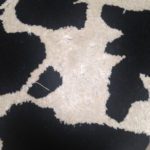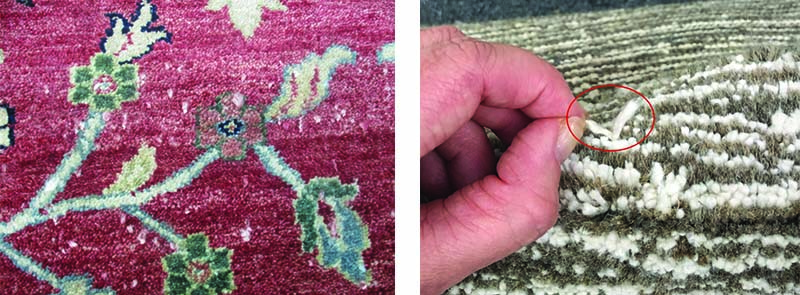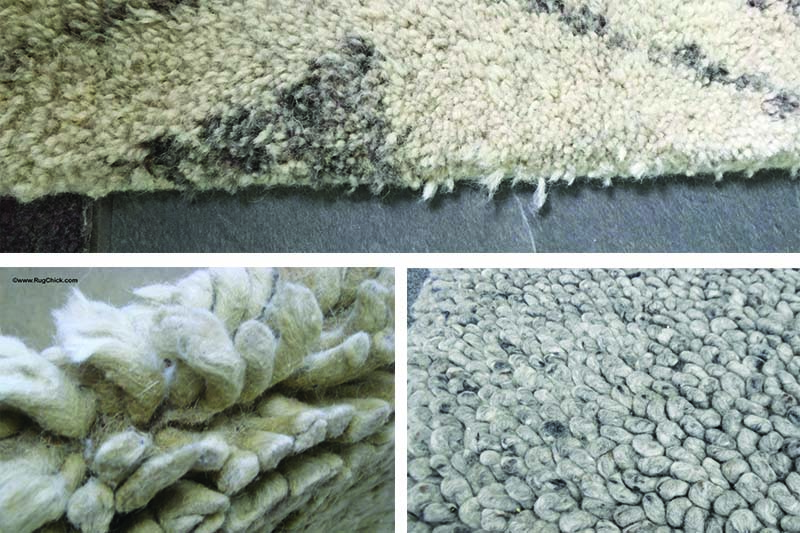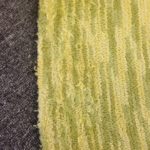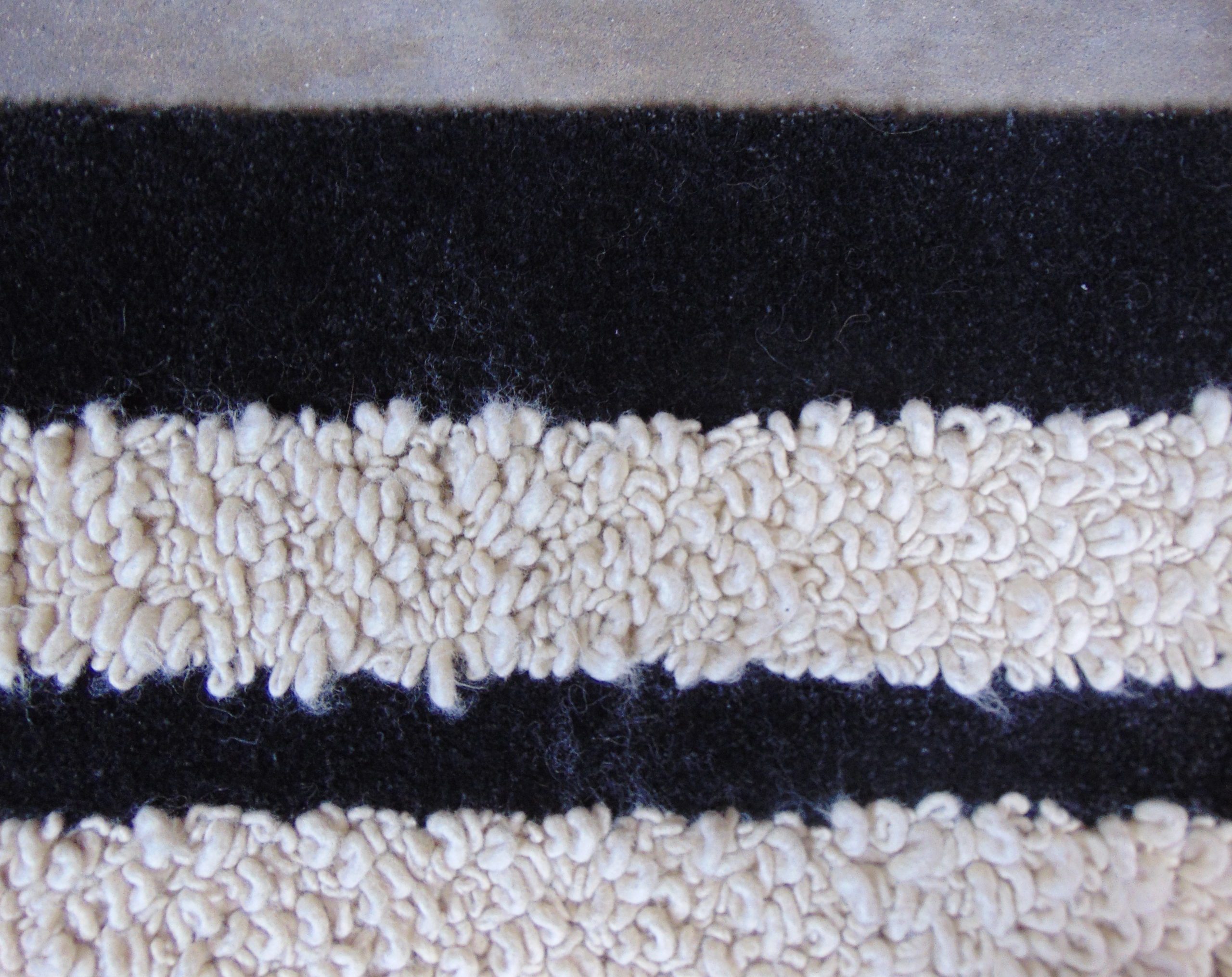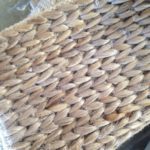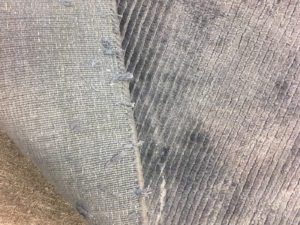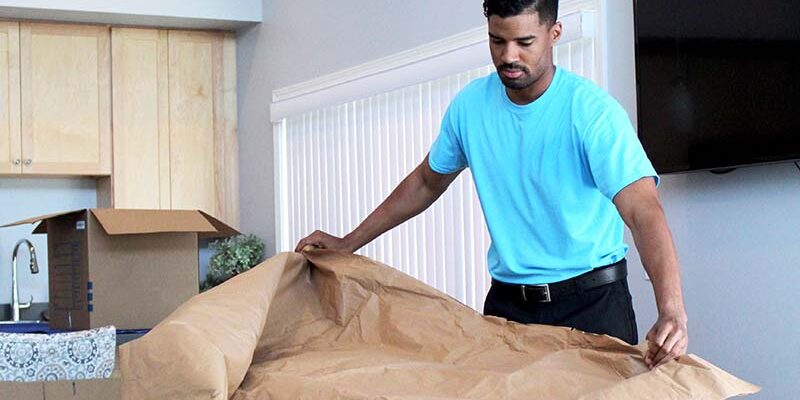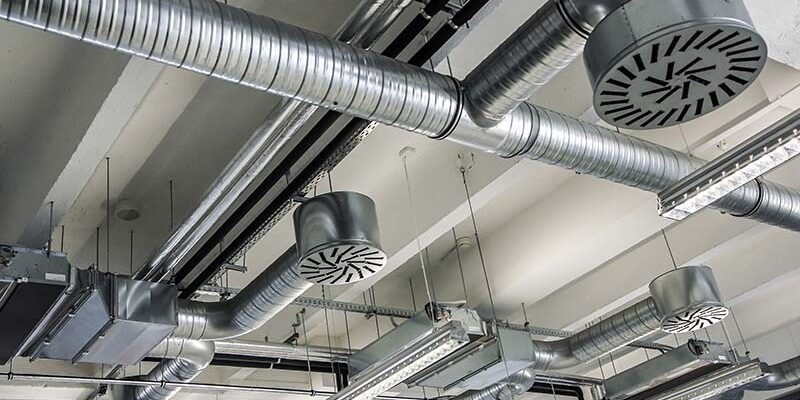Shedding Rugs: What You Need to Know
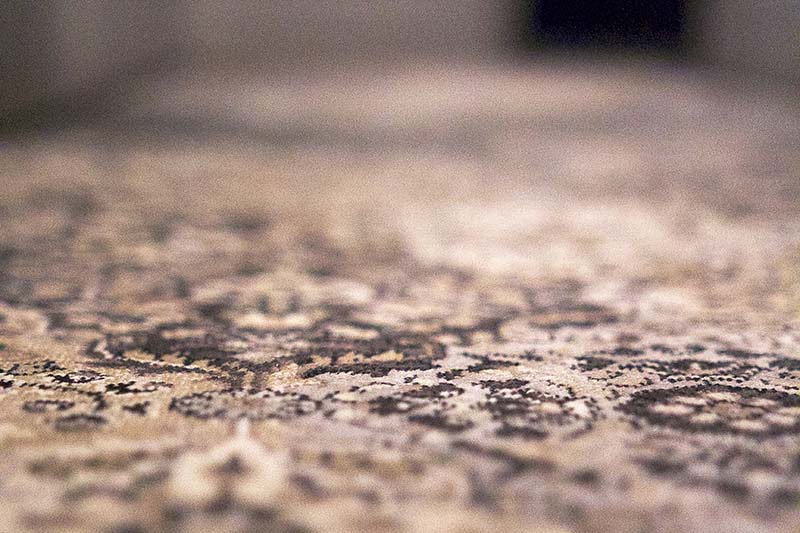
By Lisa Wagner
Rugs may shed for a variety of reasons. The shedding may be due to poor fiber quality, poor construction quality, or poor homeowner care. Here is an overview of common instances of rug shedding and whether there are any tips to help.
Wool and silk woven rugs
Hand-knotted rugs are often sheared after the weaving process in order to create the ideal pile height for the style. The shearing process itself can leave small fibers that can “shed” when the rug is new.
The best-quality production houses wash rugs after they are created to remove this residue, but even with this attention to detail, small cut pieces can be missed. With the best-quality rugs, shedding will stop shortly after the sale because any loose cut threads will be vacuumed up.
Rug shedding problems happen when the shedding does not stop. This is often the result of poor-quality fibers or poor-quality construction in the rugs.
A good-quality, standard pile height, hand-knotted wool or real silk rug should not shed.
It takes a certain strength in wool and silk yarn to twist and hand knot a rug. This means traditional, hand-knotted rugs will not shed unless there has been some type of serious damage to the rug (for example, very heavy traffic, water damage, or moth damage).
Sometimes, in a rug with good quality wool, the shearing process is not high quality, and the makers miss some strands in the process. These missed strands can pop up with general use and vacuuming, and these areas look as if a cat has clawed at the rug.
To know whether a rug is made of bad, brittle wool or has just had a bad haircut by the shearing tool, tug at these fiber pulls/sprouts. If bad wool is the problem, it will pull apart and pull free. If bad construction is the issue, the entire knot will pull out. However, if it will not easily pull free, then there is simply a missed strand that needs to be cut. Take your scissors and give the strand a trim.
Shaggy and chunky wool
People who buy shaggy wool or large chunky wool rugs come to believe that all wool rugs shed.
Wool begins as short staple fibers that are spun, twisted, and plied together into yarn. However, at the core, wool is short strands blended into these longer strand creations. This means the longer and bigger the wool construction, the more likely the owner will to have short strands pull loose.
The quality of the wool in these rugs may be very good or may be very poor. Very good-quality rugs will stop shedding after several months, as all “loose” short strands pull free and away with use. The very poor-quality rugs will shed for their lifetimes and will wear down thinner in high-use areas because they break with use.
One tip for shaggier wool rugs is to use a horse hair brush to groom and pull away the loose strands, as vacuuming can be a problem. A beater bar brush vacuum is never a good choice for these rugs, and any vacuuming is usually by hand tool.
Another shag and chunky wool rug tip is to take the rug outside when the landscapers are around and have them use their leaf blower to fluff up and blast away the dust and “stuff” in those fibers. (It works much better than a vacuum on these rugs.)
Tufted rug shedding
Tufted rugs are rugs that are held together with a latex glue backing. These rugs have a material covering up the back side.
In India, the wool that is not strong enough to use in hand knotted rugs is used in lower-quality production wool rugs like “hand loomed” rugs and “tufted” rugs. These are the rugs being sold through online rug stores for hundreds, and sometimes thousands, of dollars.
With these rugs, if you take your thumbnail and strongly scratch the front wool fibers, you can break them apart, and the texture of the wool is scratchy instead of soft to the touch.
Whenever I receive an email from a consumer complaining about a new rug that is shedding heavily or having odor issues, nine times out of 10 it is from India. (The tenth is from Morocco.)
There are extremely high-quality wool and silk tufted rugs produced by companies such as V’Soske, Edward Fields, Custom Looms, and other high-dollar custom tufted rug creators. When these rugs have fibers that pull away, it is due to heavy traffic, aggressive beater bar vacuum damage, or moths.
Some tufted rugs are constructed with a hooked style, and loops in areas with heavy foot traffic can break and pop up. Poor-quality fibers obviously break more frequently with less friction, but even the best-quality fibers can break with constant friction. It is extremely important to not use beater bar brush vacuums on hooked-style rugs or any rugs where poor-quality fibers have been used.
Plant fibers
Plant fibers, like jute, sisal, and nettle, do not have the longevity of wool, cotton, or real silk. These fibers also do not have flexibility and durability, so they will break and shed in higher traffic areas.
These fibers splinter and fray in the process of creating braids, basket weaves, or large knots used in the typical styles of these rugs. The fibers have a texture of straw, and they snap and break easily in traffic areas.
Use a horse hair brush to loosen up small pieces and then follow up with a hand vacuum tool to help pick up the tiny broken pieces. Using an upright beater bar vacuum can sometimes cause too much damage to these rugs.
These are rugs that will shed and wear down consistently if under regular heavy foot traffic. It is important to rotate them to even out the wear and shedding.
Artificial silk
Viscose and all its fake silk derivatives (e.g., bamboo silk, banana silk) are the weakest fibers in the rug world today. They are chemically processed wood pulp and cotton waste byproducts, so they are essentially pressed, high-gloss paper. This means that, of all the fibers out there, these are the most likely to shed and have fiber pulls. These rugs, usually in the higher-traffic areas, look like they have cat pulls when the fibers break. You can easily pull these strands apart because they have no strength.
Another negative of these fibers is that, when wet from a spill, just like paper they easily stain and can turn to “mush” if not cleaned up immediately. Plain water spills can sometimes permanently damage the texture and shine on viscose rugs.
Viscose rugs will shed continually and are considered “disposable,” decorative rugs because of these problems. One tip to help protect viscose rugs is to have fiber protector applied to them when brand new to help boost repellency of any spills and prevent customers from having to buy another rug when the first spill happens. Protector will not bulletproof the rug, but it will help lessen the extent of the damage.
These rugs are also easily damaged by most durable vacuum cleaners. A better choice is a light-weight cordless vacuum to help pick up and remove surface dirt and grit without tearing apart the rug fibers. Artificial silk fibers have no ability to hide soil, so they dirty quickly and show it. Vacuuming should happen as often as the counters and floors need to be wiped off and swept up.
With this overview on the most common shedding scenarios, cleaners can give their clients the best advice on how to minimize the problem or recommend they buy a better-quality rug.
Lisa Wagner is a second-generation rug care expert, NIRC Certified Rug Specialist, and owner of K. Blatchford’s San Diego Rug Cleaning Company. For online rug course and training event details, visit
www.RugClass.com.

